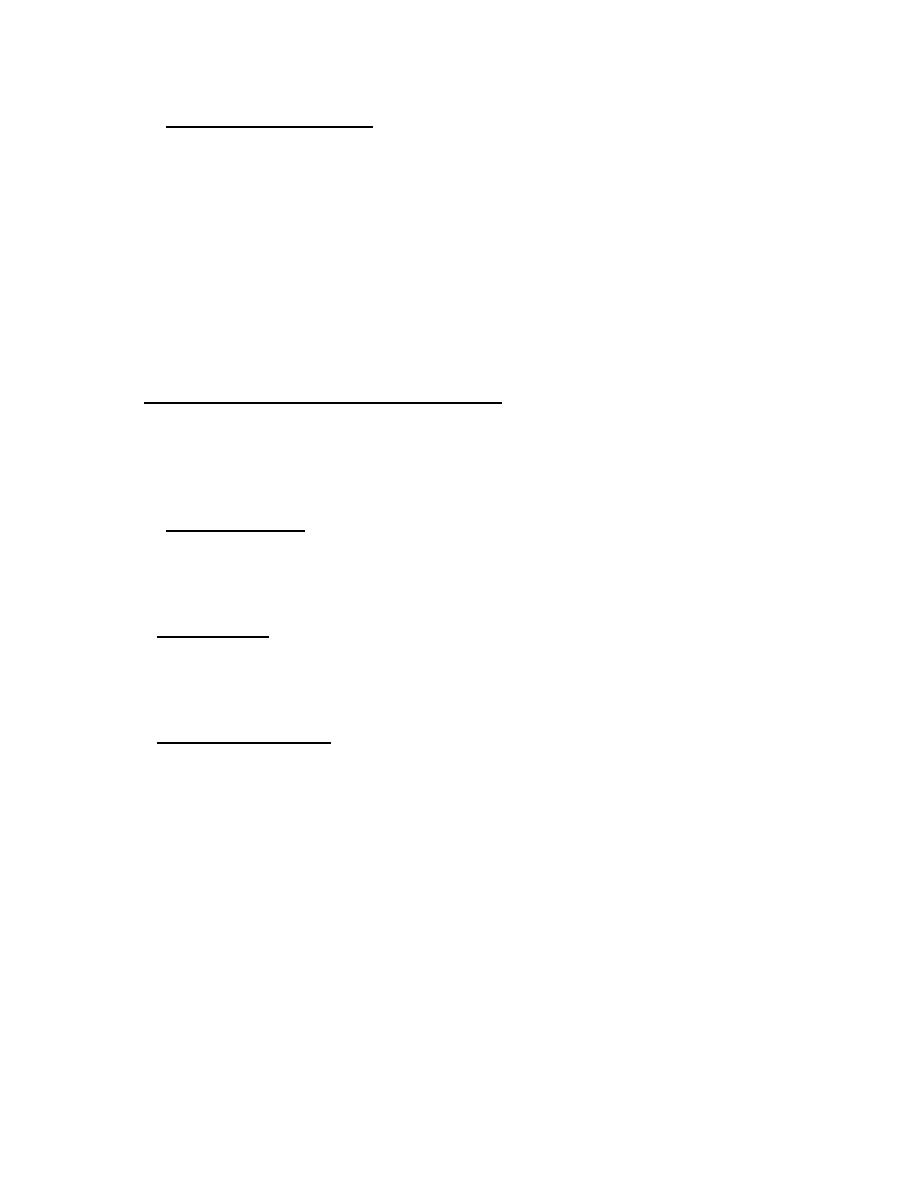

Custom Search
|
|

|
||
 6.6.4.2 Guideway Support Structure. An important inspection made from outside the hoistway
is the check of the guideway support structure. This should be visually inspected for the entire
length of travel. Carefully note loose fastenings, damaged components and indications of
deterioration. Observation of the support with a fully loaded and running car may indicate
structure deficiency by flexing or bending of members. Most inspections of roping car and
counterweight safety devices, stopping devices, buffers, etc. which are included in Division 103
and 105 of the A17.2 Manual (Inspection Made From Top of Car and Pit) will be made from the
guidepath or from the car, depending upon specific equipment design. Note that spring buffers
may be used up to a speed of 125 f.p.m. Carefully note traveling cables, suspension and
compensation ropes. They must be suitably protected against abrasion and fouling. Components
subject to corrosion on exterior installations shall be weatherproofed by acceptable means of
protection and fixtures shall be weatherproof type.
6.6.5 Machine Spaces And Machine Room Inspection
Division 104 of the A17.2 Manual describes the various inspections which are made in the
overhead machinery spaces and machine room. Use Division 104 to make machine room
inspections of inclined elevators with special consideration noted hereafter.
6.6.5.1 Slack Rope Device. A broken (slack) rope device is required on both the car and
counterweight sides of the drive machine of the guideway if the inclination is less than 35
degrees from the horizontal. Verify the presence and proper operation of the device if the
guideway incline is less than 35 degrees.
6.6.5.2 Safety Device. If the inclination exceeds 35 degrees from the horizontal, a type A safety
device may be used if speed does not exceed 125 f.p.m. Type C safety may be used if speed does
not exceed 175 f.p.m. In any event, rope driven governors are not required. Check safety device
type, based on car speed, and verify that the proper type has been used.
6.6.5.3 Drive Sheave or Drum. Traction or drum sheave wear is usually detected by finding
metal particles under the sheave. However, an inspector should watch for the signs that lead to
wear before results are seen. The major cause of wear is uneven rope tension. The sheave is
designed to carry the load spread over all the ropes. When one is under more tension than the
others, this load is transferred to the tighter rope. This can usually be seen by laying a straight
edge across the ropes in the drive sheave grooves. All rope should touch the straight edge.
Ropes that do not touch indicate uneven tension or possible sheave wear. Mistakes are found in
the type of size of ropes used. Check date tags to verify proper application.
6-25
|
 
|
|
 |
||